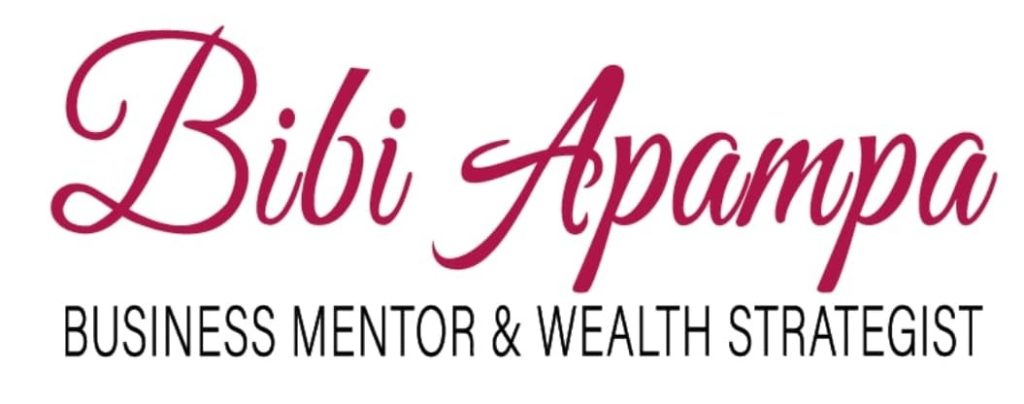Retirement Planning Mistakes to Avoid are crucial for securing your financial future. Planning for retirement goes beyond merely saving money; it involves making informed, strategic choices to ensure a comfortable and stable retirement. By understanding and avoiding these common pitfalls, you can significantly enhance your financial well-being. Let’s explore the 17 essential mistakes to avoid and how to navigate them effectively.
1. Underestimating the Impact of Inflation
Imagine buying a coffee today for $3, but in 20 years, the same coffee costs $8 due to inflation. Underestimating the impact of inflation is like setting your retirement savings on fire—slowly but surely diminishing its value. Inflation erodes the purchasing power of your money, which means the $1 million you save today might not have the same value in 20 years.
What to do: Incorporate inflation into your retirement planning by investing in assets that historically outpace inflation, such as stocks or real estate. Additionally, consider inflation-protected securities like TIPS (Treasury Inflation-Protected Securities) to safeguard your purchasing power.
2. Underestimating How Long You Will Live
No one has a crystal ball, but assuming you’ll live a shorter life than you might is a major pitfall. With advances in healthcare, it’s increasingly common for people to live into their 80s, 90s, or even beyond. If you plan only for a short retirement, you could run out of money before you’re ready.
What to do: Plan for a longer retirement by assuming a lifespan into your late 80s or 90s. Use retirement calculators that factor in longer life expectancies and consider annuities that provide guaranteed income for life. It’s better to overestimate and be pleasantly surprised than to fall short.
3. Overestimating Investment Income
Dreaming of huge returns from your investments can lead to disappointment if those dreams don’t pan out. Overestimating how much income your investments will generate can result in a shortfall when reality hits. Market fluctuations, economic downturns, and poor investment performance can all impact your returns.
What to do: Set realistic expectations based on historical performance and market averages. Diversify your portfolio to spread risk and reduce reliance on any single investment. Regularly review and adjust your investment strategy to align with market conditions and your retirement goals.
4. Investing Too Conservatively
While it’s wise to become more cautious as you approach retirement, investing too conservatively can be just as detrimental. By placing all your savings in low-risk investments, you might miss out on opportunities for growth, leaving your savings vulnerable to inflation.
What to do: Find a balance between safety and growth. Consider a diversified portfolio that includes a mix of conservative and growth-oriented investments. Even in retirement, maintaining some exposure to stocks can help ensure your money continues to grow.
5. Setting Unrealistic Return Expectations
Expecting double-digit returns every year is unrealistic and risky. Setting high return expectations can lead to disappointment and poor financial decisions. If your investments don’t perform as expected, you might face a financial crunch.
What to do: Base your return expectations on historical averages and adjust for your risk tolerance and investment horizon. Consult with a financial advisor to develop a realistic investment plan that aligns with your long-term goals.
6. Forgetting Healthcare Costs
Healthcare costs in retirement can be substantial, and many people fail to fully account for them. With the potential for chronic conditions and increased medical needs, these expenses can quickly add up and strain your retirement budget.
What to do: Plan for healthcare costs by including health insurance premiums, out-of-pocket expenses, and potential long-term care costs in your retirement budget. Explore options like Health Savings Accounts (HSAs) and long-term care insurance to help manage these expenses.
7. Failing to Understand Income Sources
Retirement income can come from various sources: Social Security, pensions, savings, investments, and more. Not fully understanding where your income will come from can lead to poor financial planning and unexpected shortfalls.
What to do: Identify and understand all potential income sources. Create a comprehensive retirement income plan that outlines how and when you’ll draw from each source. Ensure your plan is flexible enough to adapt to changes in your financial situation.
8. Relying Too Heavily on Public Benefits
Social Security and other public benefits are essential, but they’re not enough to rely on solely for your retirement. These benefits are designed to supplement other income sources, not replace them entirely.
What to do: Use public benefits as one piece of your retirement income puzzle. Build additional savings and investment accounts to provide a more robust income stream. Consider working with a financial advisor to create a plan that ensures your needs are fully met.
9. Underestimating Real Estate Costs
Owning a home can be expensive, especially when you factor in maintenance, property taxes, and repairs. Many retirees underestimate these costs, which can erode their retirement savings.
What to do: Budget for ongoing real estate expenses, including potential repairs and property taxes. If necessary, consider downsizing to reduce costs or move to a location with lower living expenses. Factor these costs into your overall retirement plan.
10. Investing Too Aggressively
While growth is important, investing too aggressively as you near retirement can be risky. Major market downturns can significantly impact your savings, especially if you need to withdraw funds during a downturn.
What to do: Gradually shift to a more conservative investment strategy as you approach retirement. Diversify your portfolio to include a mix of risk levels, and maintain some growth investments to keep up with inflation and market fluctuations.
11. Starting Too Late
The earlier you start saving for retirement, the more time your money has to grow. Starting too late can put you at a disadvantage, as you may not have enough time to build a substantial nest egg.
What to do: Begin saving for retirement as early as possible. Even small contributions can grow significantly over time due to compounding. If you’re starting late, increase your savings rate and consider working longer to catch up.
12. Underestimating Expenses
Many people believe their expenses will decrease in retirement, but they often find the opposite. Travel, hobbies, and unexpected costs can lead to higher-than-expected spending.
What to do: Create a detailed retirement budget that includes all potential expenses, such as travel, hobbies, and emergencies. Regularly review and adjust your budget to ensure it reflects your actual spending and financial situation.
13. Relying Solely on Social Security
Social Security is a valuable benefit, but it’s not enough to cover all your retirement expenses. Relying solely on it can lead to financial shortfalls and limit your lifestyle options.
What to do: Use Social Security as a supplementary income source, not your primary one. Build additional savings and investments to ensure you have a more comprehensive financial plan. Delay claiming Social Security benefits if possible to increase your monthly payout.
14. Ignoring Health Care Needs
Healthcare is a significant expense in retirement, and many people underestimate its cost. Ignoring healthcare needs can lead to financial strain and impact your overall retirement security.
What to do: Plan for healthcare costs by including them in your retirement budget. Consider health insurance options, long-term care insurance, and establish an emergency fund for medical expenses. Regularly review and adjust your healthcare plan as needed.
15. Overlooking Tax Implications
Taxes continue to affect your retirement income, and overlooking them can lead to unexpected expenses. Withdrawals from tax-deferred accounts, such as 401(k)s, can have significant tax implications.
What to do: Work with a tax advisor to understand the tax impact of your retirement withdrawals. Plan your withdrawals strategically to minimize tax liability and maximize your retirement income. Consider tax-efficient investment strategies and account types.
16. Not Having a Withdrawal Strategy
Without a clear withdrawal strategy, you might end up depleting your retirement savings too quickly or not accessing enough funds. A lack of planning can lead to financial insecurity later in retirement.
What to do: Develop a comprehensive withdrawal strategy that ensures your funds last throughout retirement. Consider the 4% rule as a guideline but tailor it to your specific needs and investment performance. Regularly review and adjust your strategy as your situation evolves.
17. Neglecting to Rebalance Your Portfolio
Over time, your investment needs and risk tolerance change. Neglecting to rebalance your portfolio can lead to an unaligned asset allocation, increasing risk or reducing growth potential.
What to do: Regularly review and rebalance your portfolio to ensure it aligns with your retirement goals and risk tolerance. Adjust your asset allocation as you approach retirement and periodically reassess to maintain the right balance between growth and safety.
Avoid These Retirement Planning Mistakes to Ensure a Secure Future
Avoiding these retirement planning mistakes can set you on the path to a secure and enjoyable retirement. By addressing inflation, longevity, investment expectations, and other crucial factors, you can create a solid plan that safeguards your financial future.
If you need expert guidance to refine your retirement strategy and ensure you’re not falling into these common traps, consider booking a consultation with Bibi Apampa. Known for her insightful and personalized approach to retirement planning, Bibi can help you navigate these challenges and build a plan tailored to your unique needs.
Book your appointment with Bibi Apampa today to get expert advice and make sure you’re on the right track to a financially secure and fulfilling retirement. Don’t let retirement planning mistakes stand in your way—take control of your future now!



